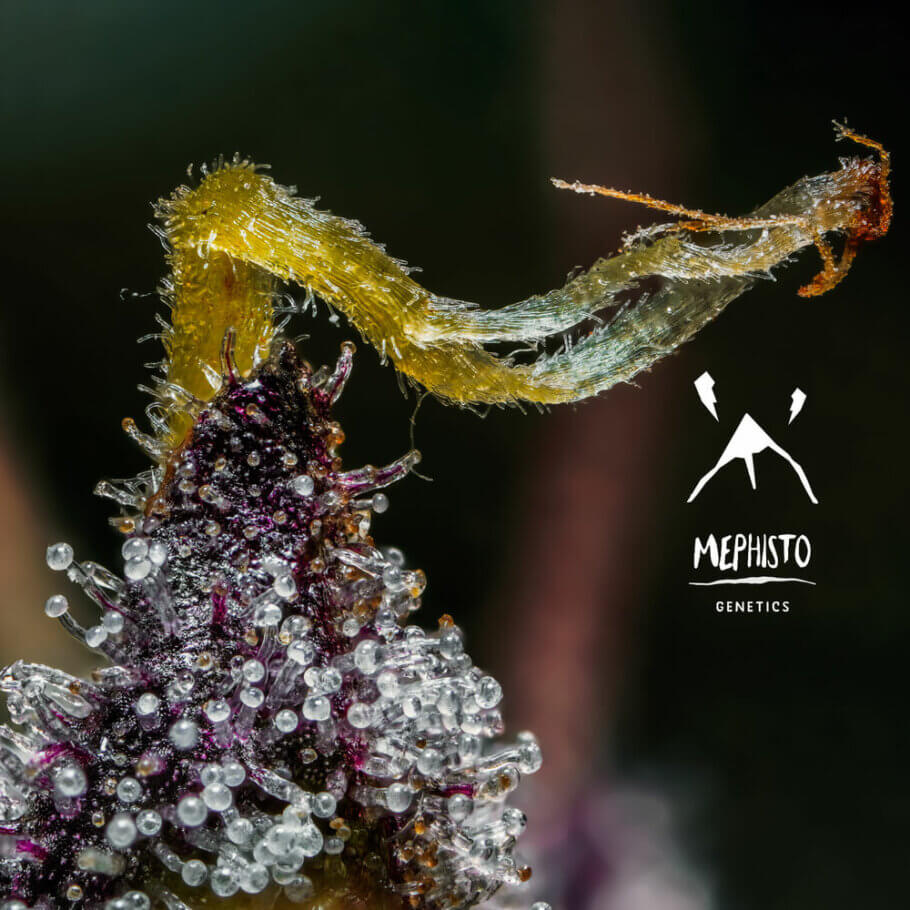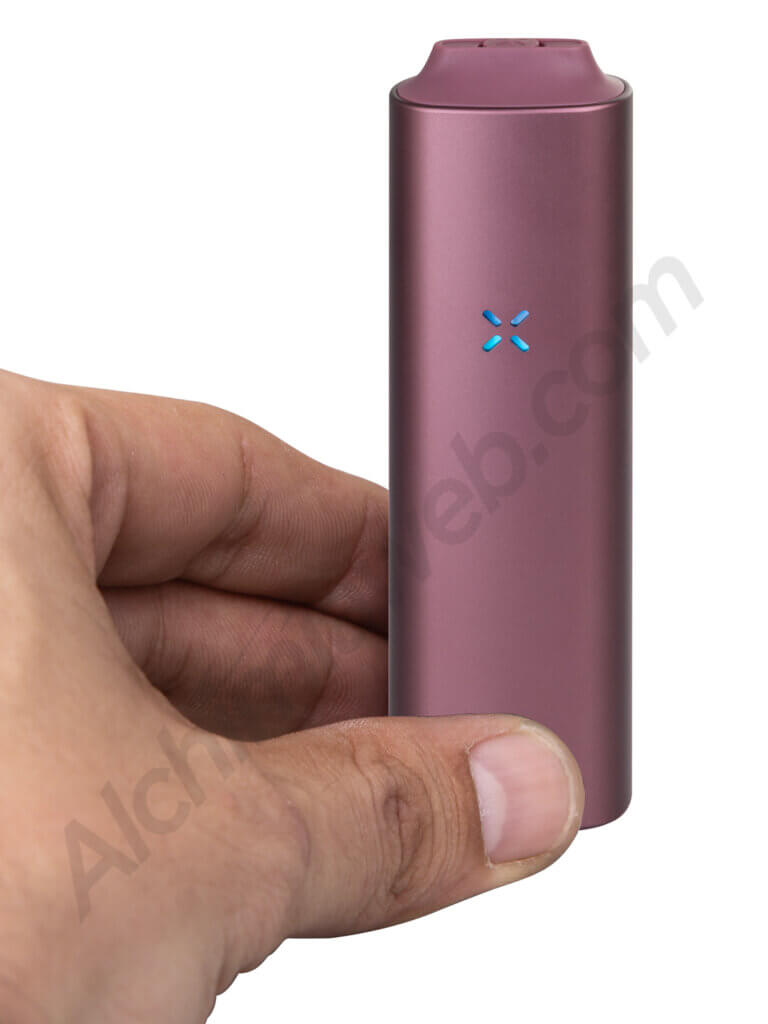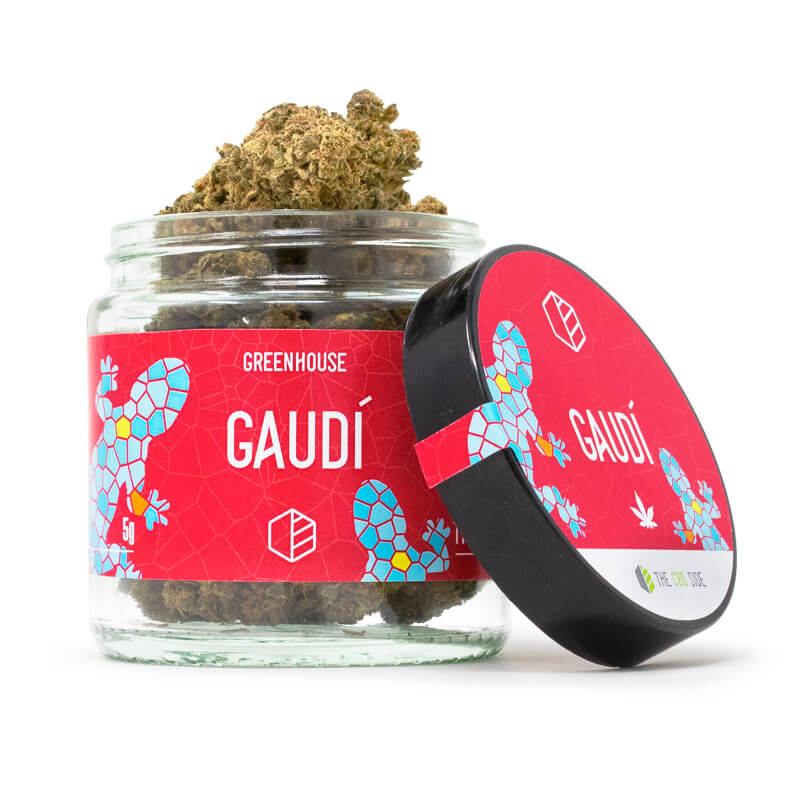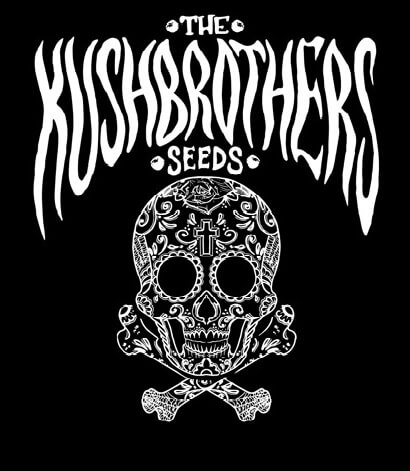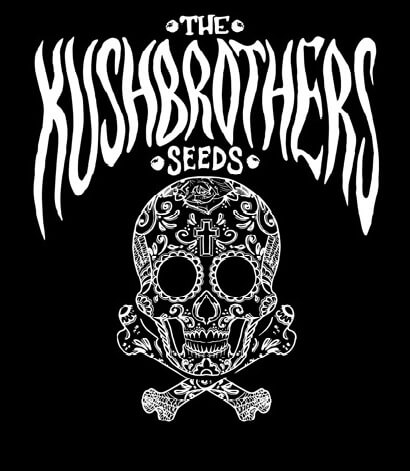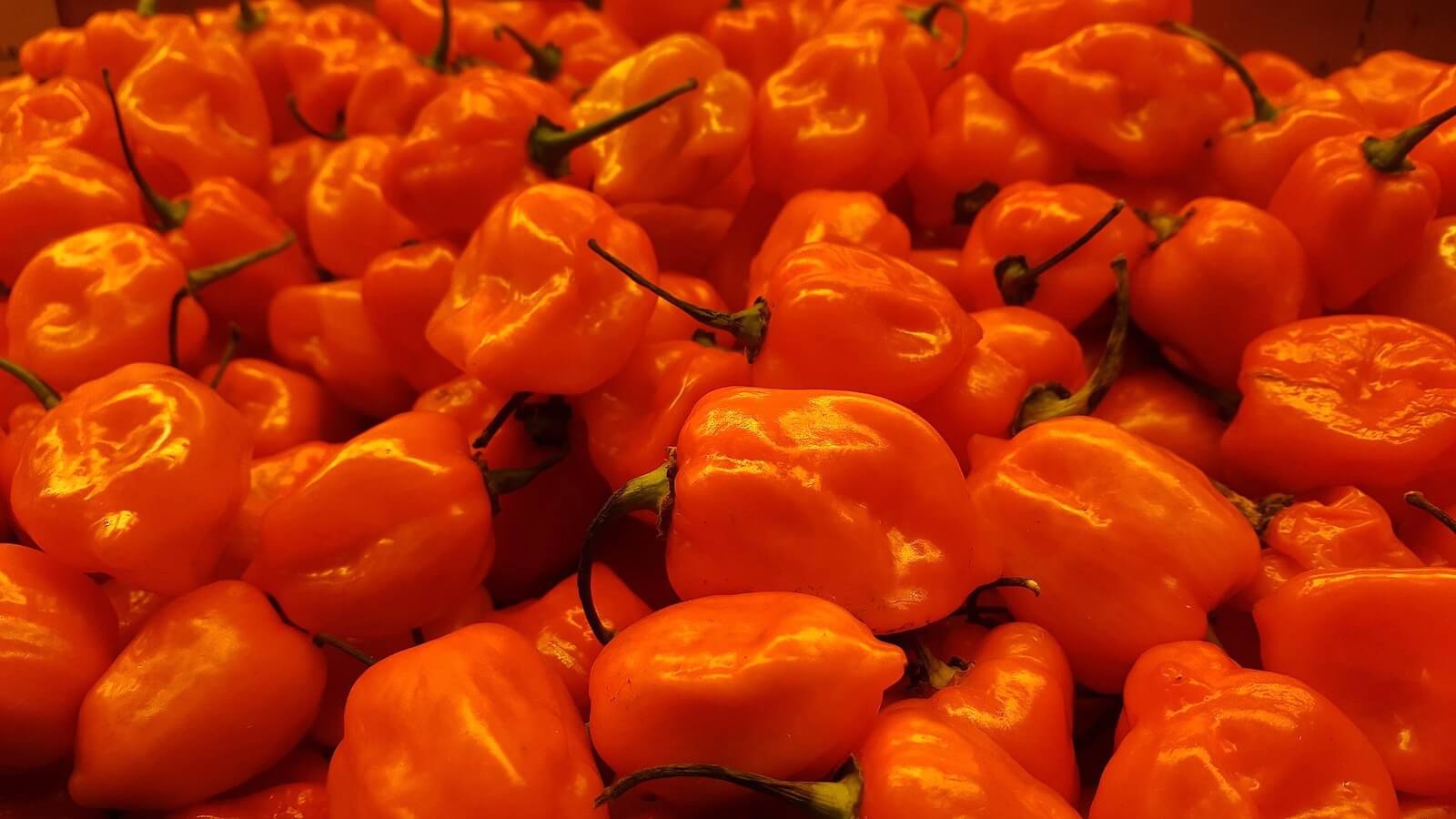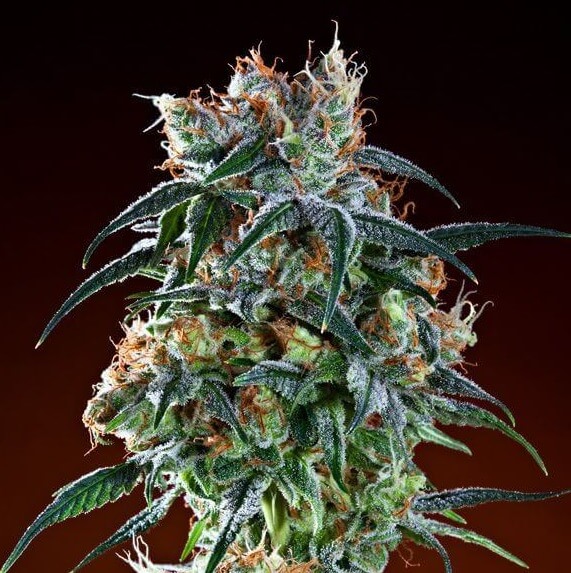The Scoville scale is a way of measuring the degree of hotness of the fruits from plants of the genus Capsicum, better known as peppers or chillies. The scale was devised in 1912 by the American chemist Wilbur Scoville while working for Parke Pharmaceuticals trying to find a suitable pepper to use in a heat-producing ointment. It was so named to calculate the amount of capsaicin present in different peppers, an interesting substance that turns out to be the active component that causes the different degrees of heat.
Capsaicin is responsible for making the tongue burn, the body sweat and even the ears ache after eating a hot pepper. In fact, peppers store capsaicin to deter predators from eating them.
How are the units of the Scoville Scale (SHU) measured?
In the past, the number of Scoville units was established through an organoleptic test carried out by a group of around five experts who diluted the extract of each pepper (namely an alcoholic extract of capsaicin oil from a dried pepper) in sweetened water. In this way, they gradually modified their ratio until they detected the amount of dilution necessary to avoid detecting the spicy sensation of each extract.
Thus, if it took 5,000 teaspoons of sweetened water to bring one teaspoon of jalapeño pepper to a "no heat" level for the tasters, then the jalapeño was assigned a SHU (Scoville Heat Units) of 5,000. Likewise, if a Habanero Chocolate pepper is assigned 450,000 Scoville units, then it takes 450,000 teaspoons of sugar water to neutralise the heat. That's a lot of teaspoons!
Read more












